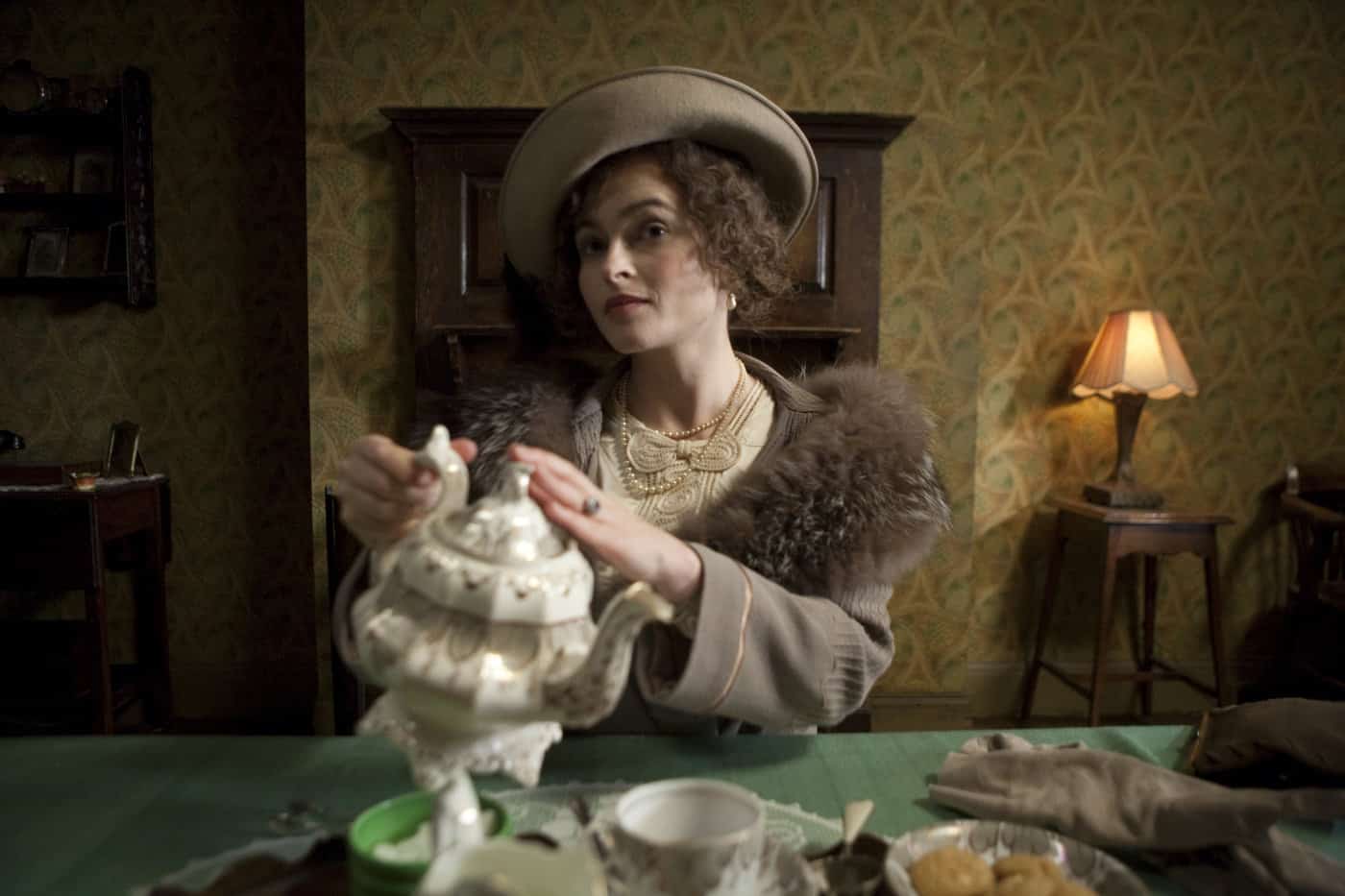
At the 2017 Oscars ceremony, Faye Dunaway and her co-presenter, Warren Beatty, were given the wrong envelope for Best Picture. The card read, “Emma Stone — ‘La La Land,’” since Stone had just won Best Actress moments before. The real winner, however, was “Moonlight.” The confusion created on stage and in the crowd was the most shocking moment in Oscars history.
Only a couple of high-level producers know the Oscar winners before the night of the ceremony. Awards are chosen by the Academy of Motion Picture Arts and Sciences, whose members are seasoned industry professionals chosen by special invitation. Members don’t discuss their selections beforehand, meaning the result can be as much a surprise to them as it is to us.
Although the Academy Awards serve as a critical review of films from the previous year, it’s also a popularity contest. Studios pay big money to be seen and remembered by members of the Academy, and appealing to their specific tastes has sometimes skewed the results. These are the times I think they got it wrong.
Prefer watching a video? Check ours out below:
‘Going My Way’ (1944)
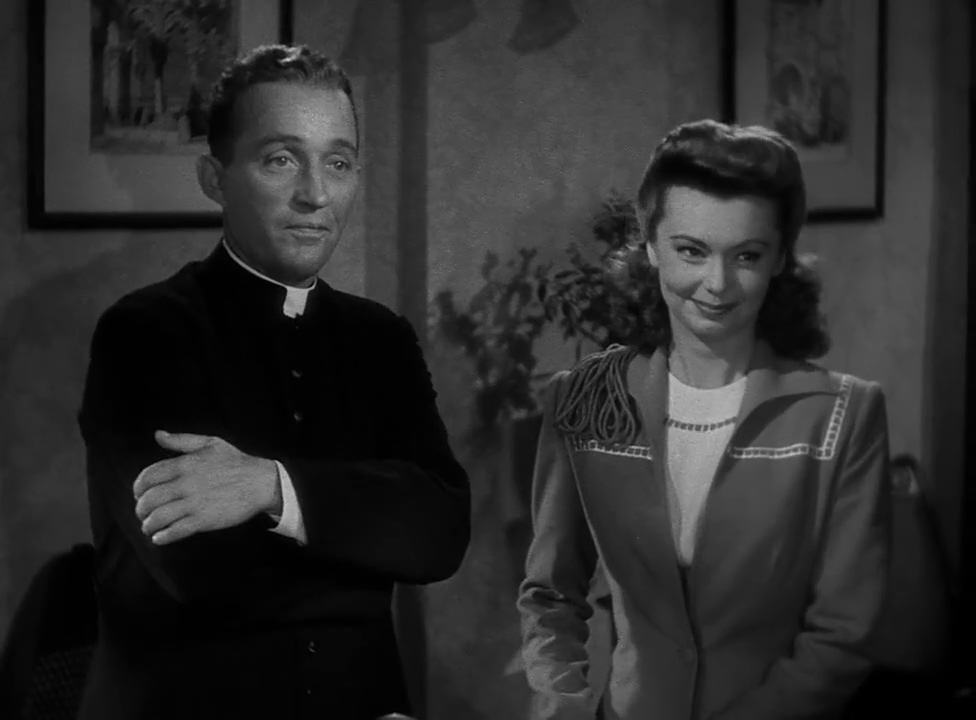
We all love a wholesome Bing Crosby musical, but not all of his productions rank among the best films of all time. “Going My Way” follows a young, charismatic priest who fights against his church’s traditionalism, forming a boys’ choir and winning over the hearts of the community. It’s a great rainy-day watch, but during the 1944 Academy Awards, it was up against the iconic psychological thriller “Gaslight,” starring Ingrid Bergman as a woman whose husband slowly manipulates her into believing she’s going insane. The film introduced the idea of “gaslighting” to popular culture and is remembered as a trailblazer in its genre. It’s clear what the winner should have been that year.
‘The Best Years of Our Lives’ (1946)
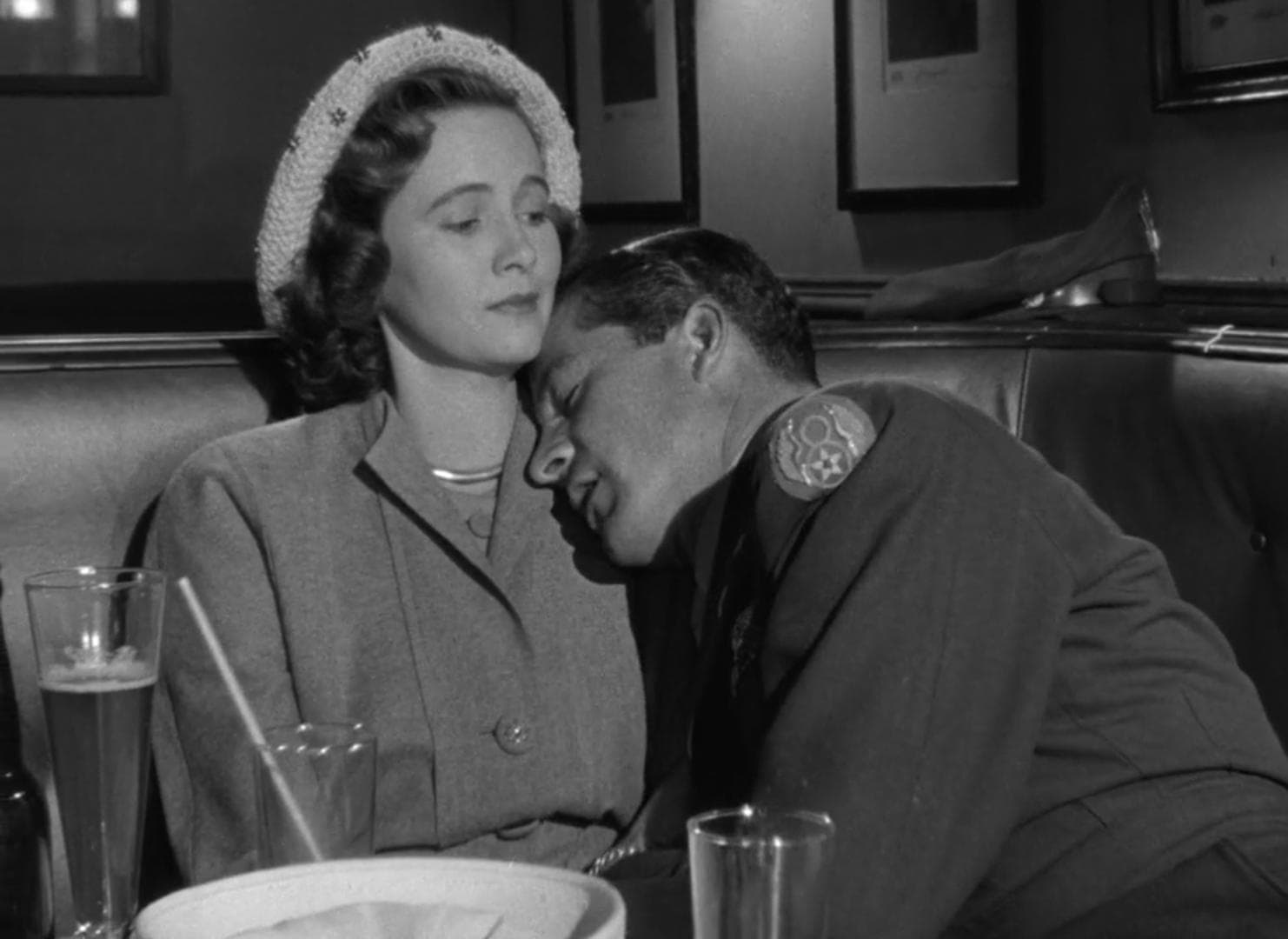
In the year after World War II ended, “The Best Years of Our Lives” told the highly relevant tale of three soldiers coming home from the battlefield and hoping to resume their lives, only to find that nothing is quite the same. It’s obvious why the story resonated with audiences so strongly that year, but of the many films that capture the WWII experience, it has become largely forgotten. On the other hand, its Best Picture competitor, “It’s a Wonderful Life,” which also dealt with the war but told a far more universal story, has been called a near-perfect film and remembered as one of the greatest cinematic moments in history. Although it didn’t get the recognition it deserved at the Oscars, its place as an annual Christmas favorite will make it live on in the hearts of audiences more than any award.
‘Lawrence of Arabia’ (1962)
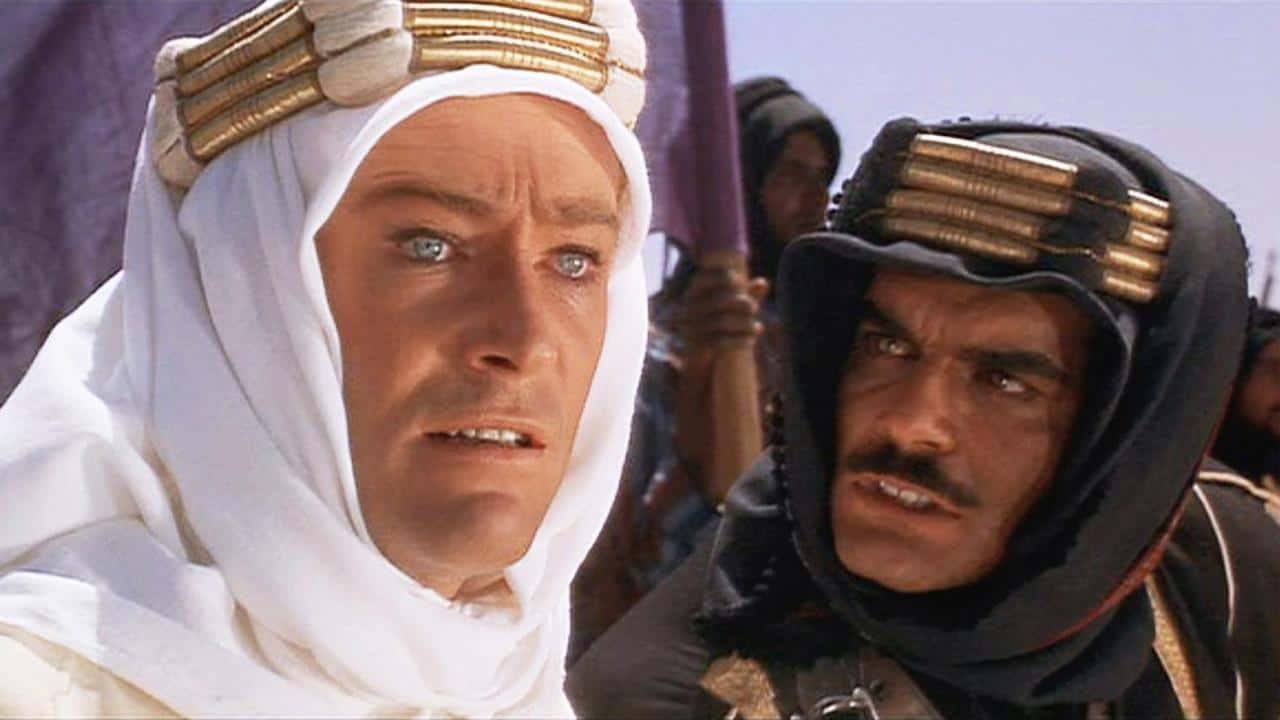
“Lawrence of Arabia” is one of those movies you have to watch to be educated about film, but nobody actually enjoys it. Its 3-hour-and-38-minute runtime feels incredibly slow-moving, and the theatricality of its acting feels inauthentic. Its Best Picture rival, “To Kill a Mockingbird,” remembered as a cinematic masterpiece as much as its source material is a literary favorite, didn’t suffer from the over-acting bug at all. The tale of a little girl coming of age and discovering her open-mindedness in the prejudiced South offered powerful social commentary to audiences entering the socially turbulent times of the 1960s. It was clearly a more relevant and important story to audiences of the day than that of an English officer leading clashing Arab forces against the Turks in World War I, and it should have taken home the statuette.
‘In the Heat of the Night’ (1967)

Sidney Poitier never failed to leave an impression with his on-screen performances. He was the face of classics including “To Sir With Love” and “Lilies of the Field,” but most people know him best for “Guess Who’s Coming to Dinner,” the groundbreaking romantic comedy featuring an interracial couple. It’s probably his best movie, but it lost the 1968 Best Picture title to one of Poitier’s other films, “In the Heat of the Night.” The movie tells the story of a Black Philadelphia detective who is mistaken by a bigoted local police chief for a suspect in a racially charged murder case. It’s a boundary-pushing film like much of Poitier’s work, but it isn’t even remembered among his top three pictures today. “Guess Who’s Coming to Dinner” has taken its rightful place in cinema halls of fame, but the Academy failed to recognize a classic when they saw one.
‘The Sting’ (1973)
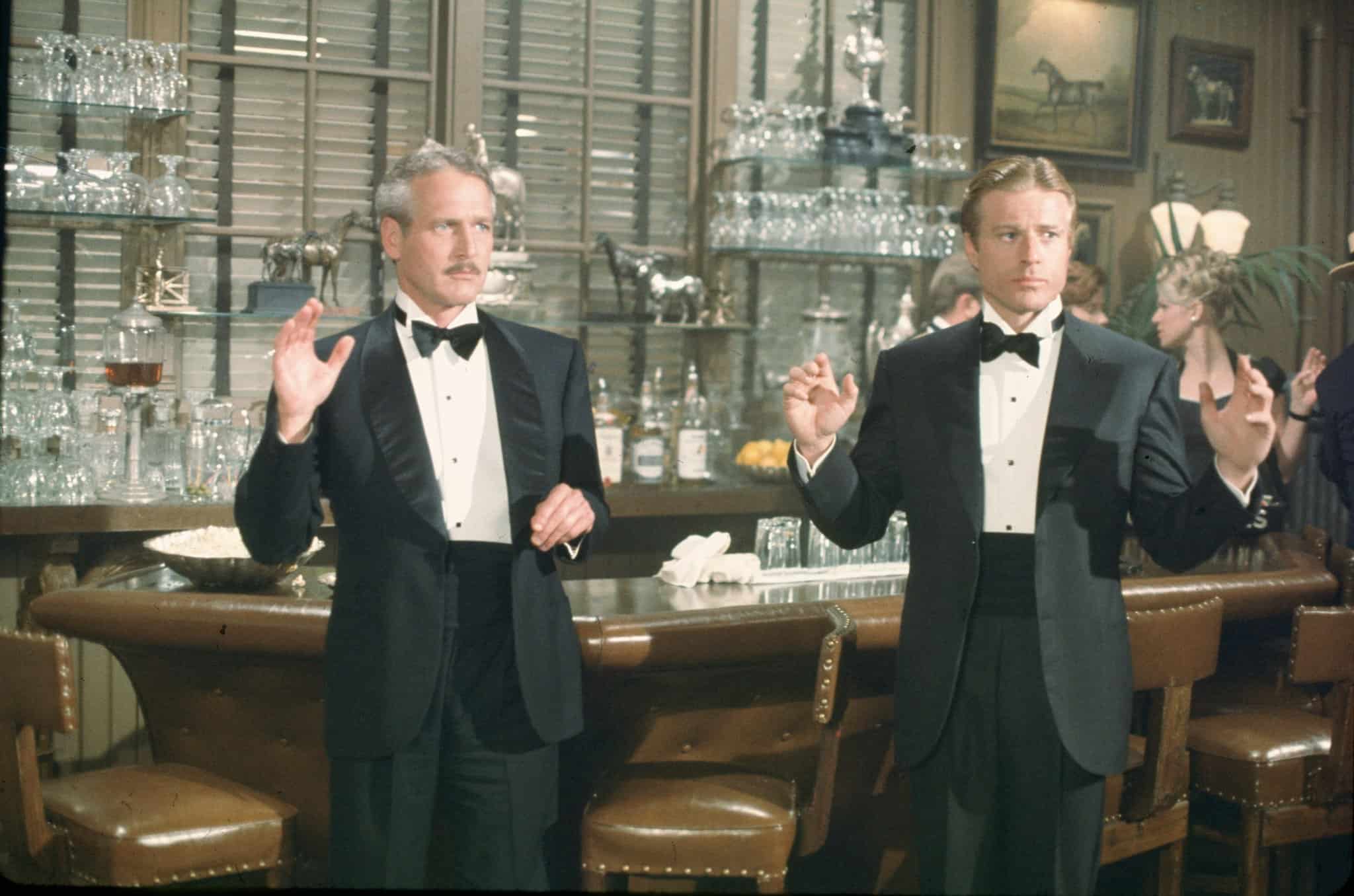
There’s nothing to dislike about the ultra-cool pairing of Paul Newman and Robert Redford in the 1973 heist movie “The Sting.” It’s a highly enjoyable watch, but it had stiff competition for Best Picture that year. Also in the running was the even cooler “American Graffiti,” a coming-of-age story set in the rock ’n’ roll 1950s. It was the first release of the legendary Lucasfilm studio, and starred a very young Harrison Ford. Another contender was the all-time classic horror film “The Exorcist,” which at the time was easily the scariest film ever made. We would have liked to see “The Exorcist” win Best Picture for its groundbreaking contribution to its genre, and because it would be good to see exceptional horror get more recognition from the Academy.
‘American Beauty’ (1999)

Competition for Best Picture was particularly stiff at the 72nd Academy Awards, where “American Beauty” took home the trophy. The other nominees that year were “The Cider House Rules,” “The Insider,” “The Green Mile,” and “The Sixth Sense.” I wouldn’t want to have to choose the winner in a year that almost all the nominees deserved the prize — except “American Beauty.” The story of a man in a midlife crisis fantasizing about and sexually grooming his daughter’s 16-year-old friend is subversive just to be subversive, without much universal relevance. Especially after Kevin Spacey, who played the film’s predatory protagonist, was accused of pedophilia and sexual assault, the film’s subject matter is too uncomfortable to rewatch. If you held a gun to my head (pun intended if you know the ending of “American Beauty”), I would probably have chosen “The Green Mile” for Best Picture.
‘A Beautiful Mind’ (2001)
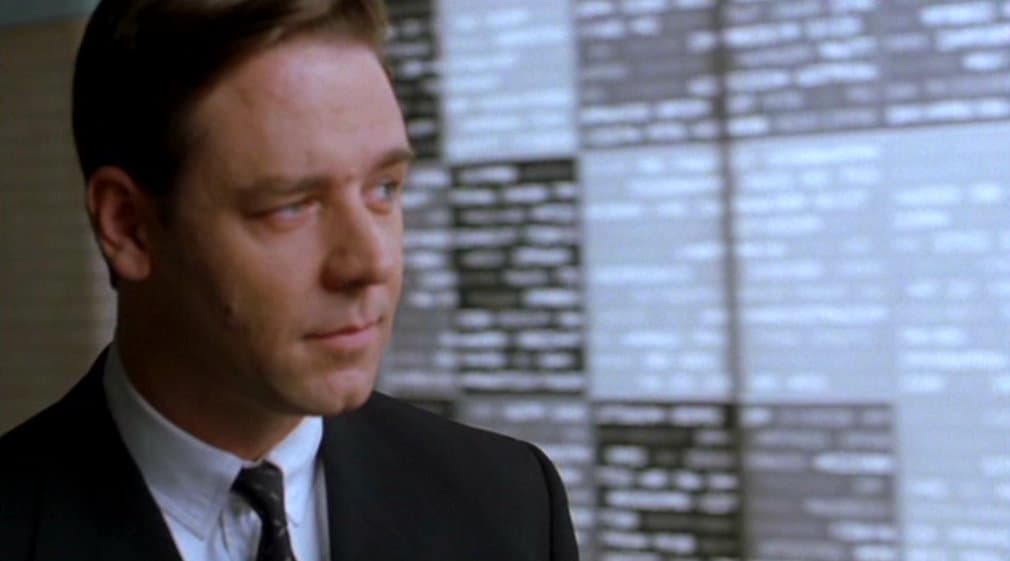
Don’t get me wrong: “A Beautiful Mind” is a fantastic film. The John Nash biopic telling the tale of the brilliant mathematician’s battle with schizophrenia is inspiring, but you wouldn’t think of it as one of the best films of all time. The year it won Best Picture, its competitors included “Gosford Park,” which has inspired mystery films ever since; “Moulin Rouge,” which solidified director Baz Luhrmann’s visionary style; and “The Lord of the Rings: The Fellowship of the Ring,” which will long be remembered as one of the best fantasy films ever made. Fellow nerds will agree that “The Fellowship of the Ring” should have won for its incredible scale and revolutionary approach to fantasy filmmaking. As time goes on, it likely will remain the most immortal film among the competitors that year.
‘Crash’ (2005)
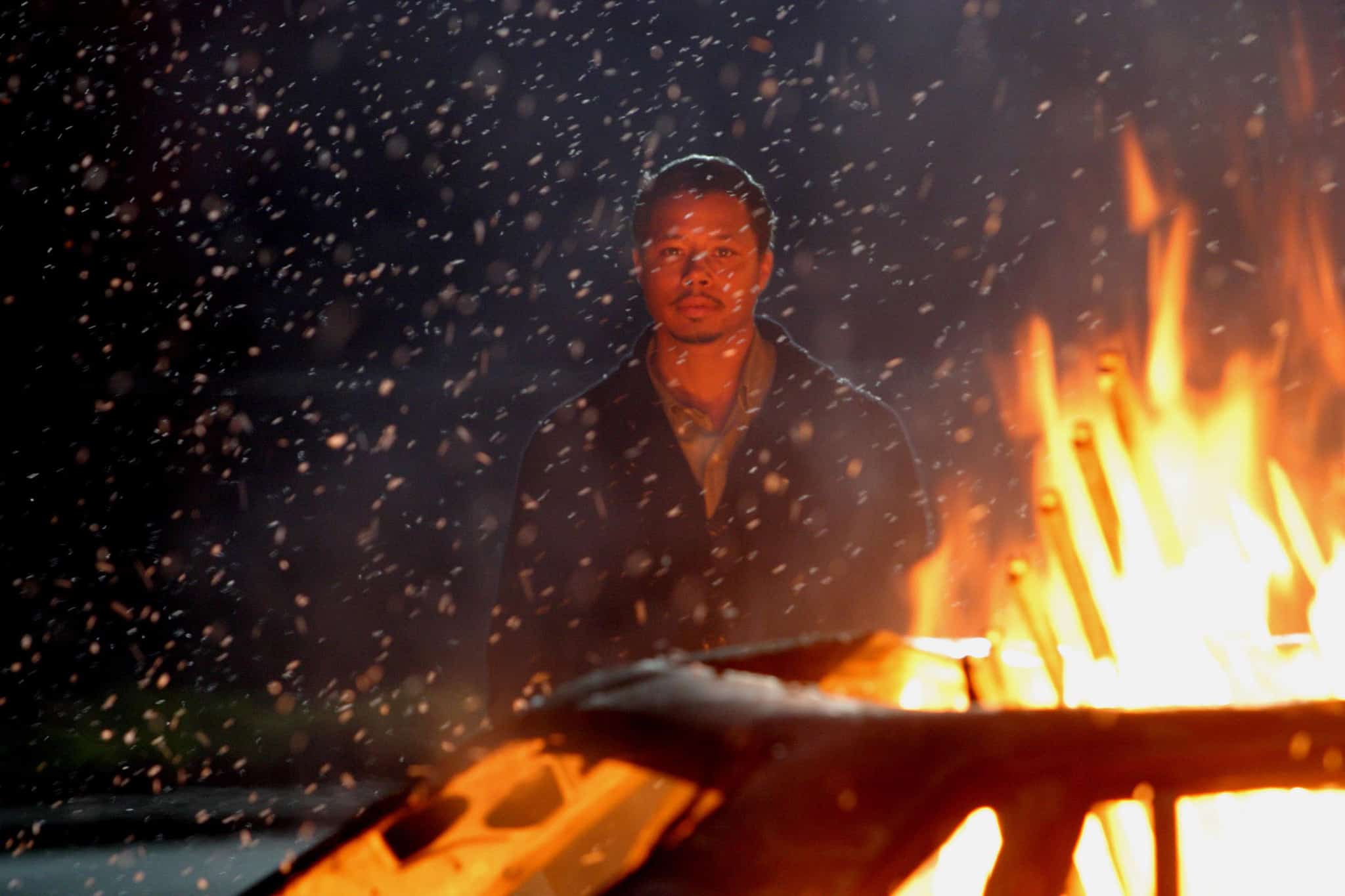
“Crash” took an artistic approach to storytelling, but it wasn’t a particularly memorable crime drama. The interconnected stories of a collage of characters across Los Angeles, tied together by the investigation surrounding a stolen SUV, is a poignant vignette of the city and the racial tension and violence that divides it. The year that it won Best Picture, however, it was up against “Brokeback Mountain.” At the time, the screen-shattering gay romance between two cowboys in rugged and desolate Wyoming was a film the likes of which audiences had never seen. It featured incredible performances from an ensemble cast including Jake Gyllenhaal, Heath Ledger, Anne Hathaway, and Michelle Williams, and was all anyone could talk about in 2005. It clearly deserved the win for breaking boundaries and paving the way for queer normalization in film and TV.
‘The King’s Speech’ (2010)
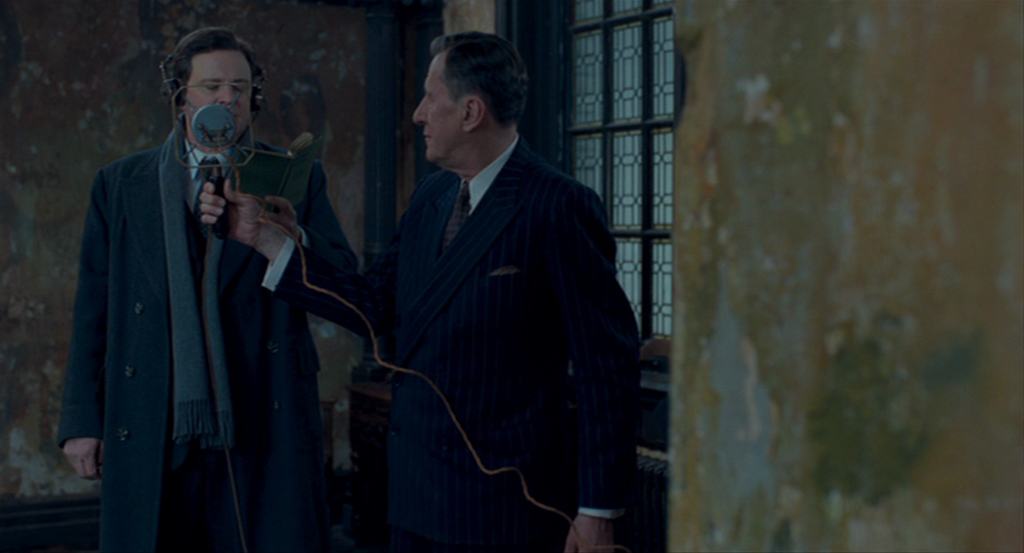
“The King’s Speech” was a Best Picture winner few people saw coming. The historical drama about King George VI’s brave attempt to cure his speech impediment before addressing the United Kingdom about the declaration of war on Germany in 1939 was good, but it wasn’t great. The year it received the Best Picture trophy, its fellow nominees included “Black Swan,” “Inception,” “The Social Network,” “Toy Story 3,” and “Winter’s Bone.” “The Social Network,” about the beginnings of Facebook, seems like the most obvious choice for having its finger on the cultural pulse and a fabulous ensemble cast that included Jesse Eisenberg, Andrew Garfield, and Justin Timberlake. As an unrealistic personal preference, however, I would’ve loved to see “Toy Story 3” become the first animated film to win Best Picture. I’m not alone in thinking that incredibly artistic animated films are rarely given their due by the Academy, with the Best Animated Feature category often resulting in masterpiece animated films getting sidelined.
‘Argo’ (2012)
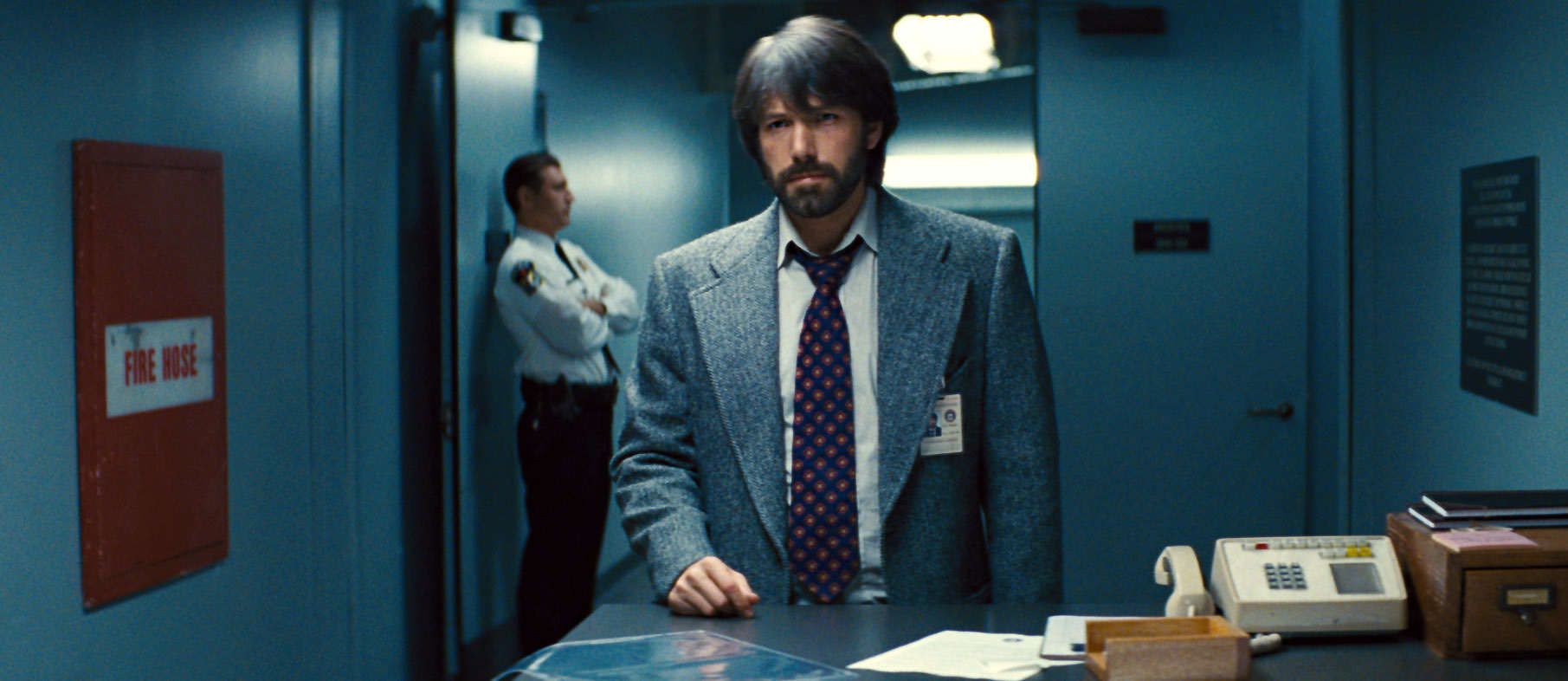
“Argo” was one of the least memorable out of an impressive list of Best Picture nominees during the 85th Academy Awards. The historical thriller is the story of the CIA’s daring rescue operation of six American diplomats during the 1979 Iran hostage crisis. Although it featured strong performances from Ben Affleck, “Breaking Bad” star Bryan Cranston, and John Goodman, it didn’t manage to capture the tension and urgency of the real-life events that inspired it. Competing for Best Picture that year were “Life of Pi,” “Django Unchained,” “Lincoln,” “Les Misérables,” “Silver Linings Playbook,” and “Zero Dark Thirty.” That’s quite a list to overshadow a film like “Argo,” and fans could easily argue over which deserved the crown. I would have liked to see “Django Unchained” take home the prize for its highly inventive story of a freed-slave-turned-bounty-hunter, with noteworthy performances from Jamie Foxx, Samuel L. Jackson, and Leonardo DiCaprio. It would have given Quentin Tarantino’s singular filmmaking some long-overdue recognition.
‘The Shape of Water’ (2017)
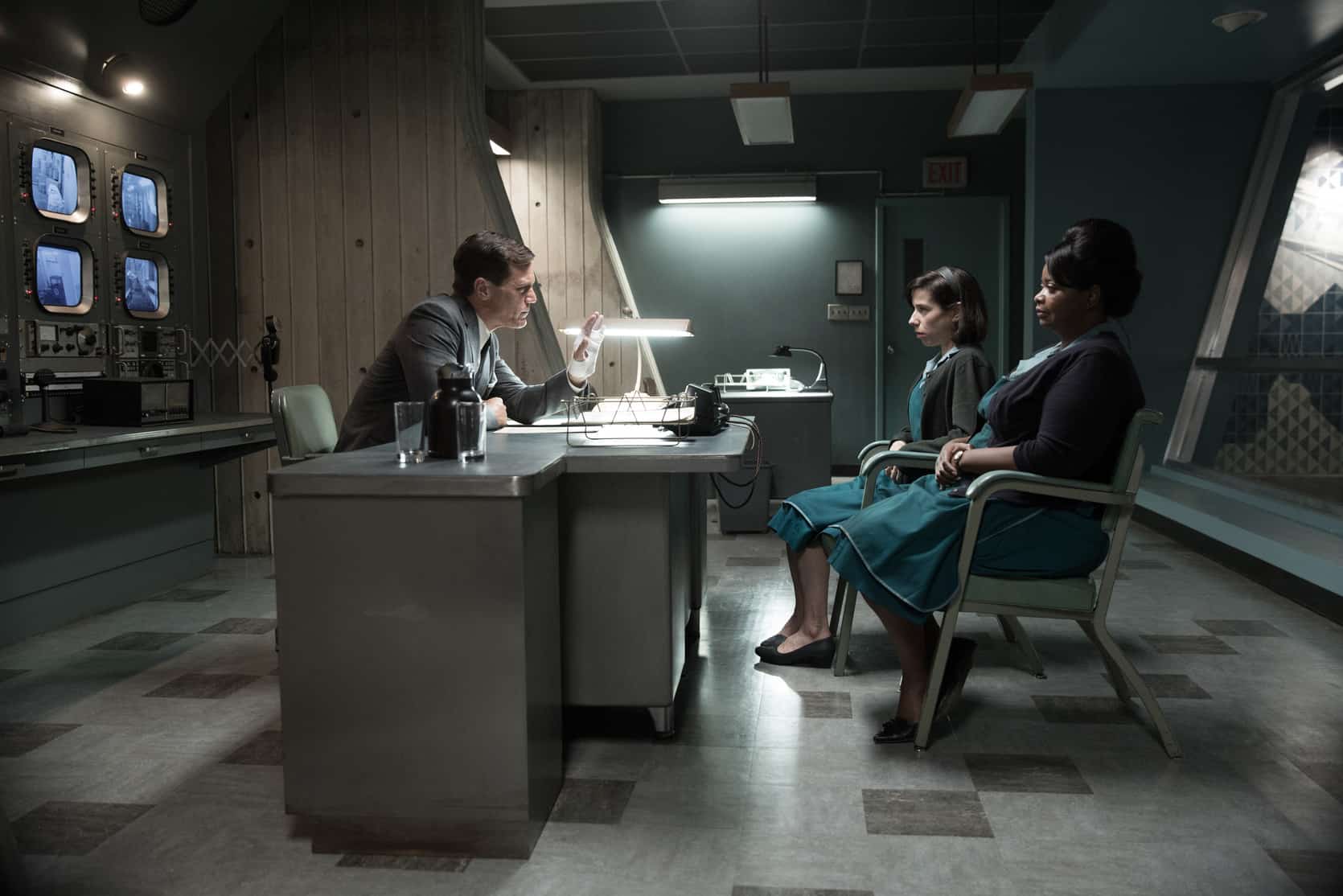
Guillermo del Toro is a highly inventive director known for his unique dark fantasy and horror films that overlap fairytales with reality, creating absorbing surrealist landscapes. His work is consistently good, but many feel that “The Shape of Water,” his most conventional movie to date, fails to showcase his capacity for unhinged creativity. The film’s competitors for Best Picture included some of the most notable films of recent years, such as “Call Me By Your Name,” “Lady Bird,” and “Three Billboards Outside Ebbing, Missouri.” Passing up “Lady Bird” for the win was one of the biggest Oscar snubs in recent history. The coming-of-age drama, set in the early 2000s and centered around the strained relationship between Lady Bird (Saoirse Ronan) and her critical mother (Laurie Metcalf), put celebrated director Greta Gerwig on the map.
